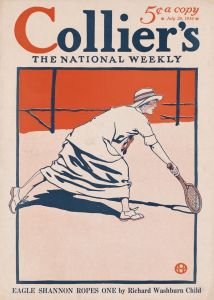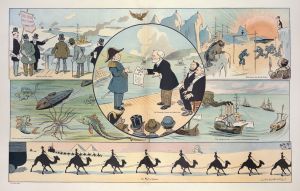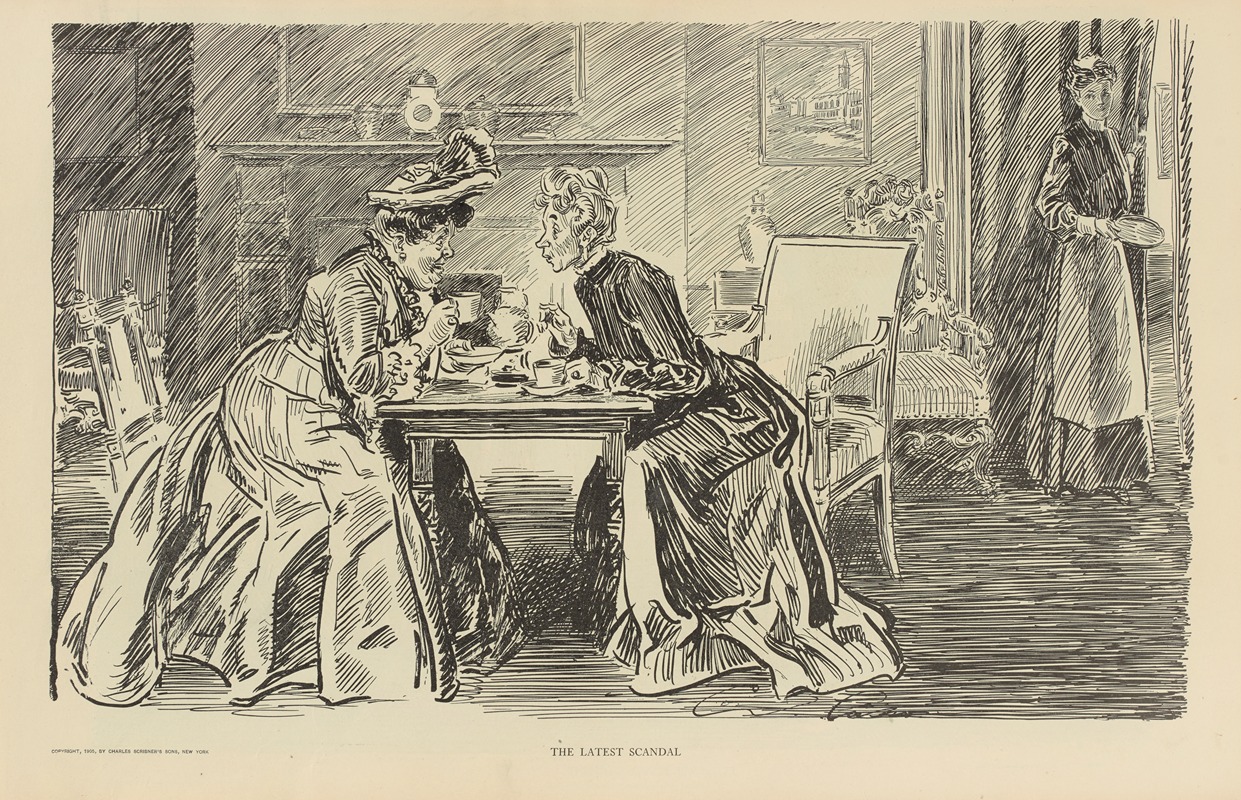
The latest scandal
A hand-painted replica of Charles Dana Gibson’s masterpiece The latest scandal, meticulously crafted by professional artists to capture the true essence of the original. Each piece is created with museum-quality canvas and rare mineral pigments, carefully painted by experienced artists with delicate brushstrokes and rich, layered colors to perfectly recreate the texture of the original artwork. Unlike machine-printed reproductions, this hand-painted version brings the painting to life, infused with the artist’s emotions and skill in every stroke. Whether for personal collection or home decoration, it instantly elevates the artistic atmosphere of any space.
Charles Dana Gibson was an influential American illustrator best known for his creation of the "Gibson Girl," an iconic representation of the American woman at the turn of the 20th century. One of his notable works is "The Latest Scandal," a pen-and-ink drawing that exemplifies his keen eye for social commentary and his skill in capturing the nuances of human expression and societal norms.
"The Latest Scandal" was created during a period when Gibson's illustrations were widely published in popular magazines such as Life, Harper's Weekly, and Scribner's. These publications were instrumental in shaping public opinion and taste during the late 19th and early 20th centuries. Gibson's work often reflected the social dynamics and cultural shifts of the time, and "The Latest Scandal" is no exception.
The illustration typically features a group of elegantly dressed women and men, often gathered in a parlor or social setting, engaged in animated conversation. The title, "The Latest Scandal," suggests a narrative centered around gossip or a controversial topic that has captured the attention of society. Gibson's ability to convey complex social interactions through facial expressions and body language is evident in this piece, as the characters' reactions range from shock and amusement to feigned indifference.
Gibson's work, including "The Latest Scandal," is characterized by its detailed line work and the use of light and shadow to create depth and texture. His illustrations often included fashionable attire and elaborate settings, which not only highlighted the opulence of the era but also served as a subtle critique of the social elite's preoccupation with appearances and reputation.
The "Gibson Girl" archetype, which appears in many of Gibson's works, including "The Latest Scandal," represents an idealized version of femininity that was both independent and refined. She was often depicted as confident and poised, embodying the changing roles of women in society during the Progressive Era. This character became a cultural phenomenon and influenced fashion, beauty standards, and even the feminist movement of the time.
"The Latest Scandal" and other works by Gibson played a significant role in the development of American illustration as a respected art form. His ability to capture the zeitgeist of his era with humor and insight made his illustrations more than mere drawings; they were social commentaries that resonated with a wide audience.
Gibson's legacy endures through his contributions to the field of illustration and his impact on American culture. His work continues to be studied and appreciated for its artistic merit and its reflection of the societal values and issues of his time. "The Latest Scandal," like many of his other pieces, offers a window into the past, providing contemporary audiences with a glimpse of the complexities and contradictions of early 20th-century American society.





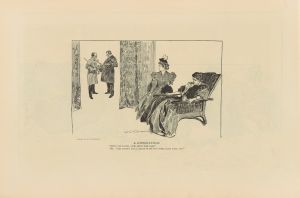
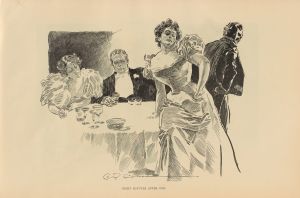
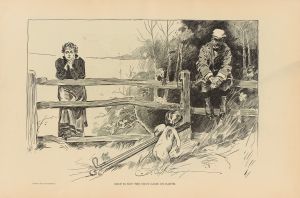
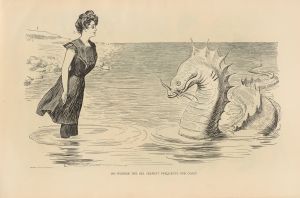
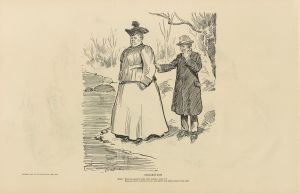
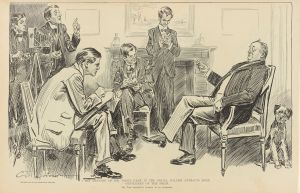
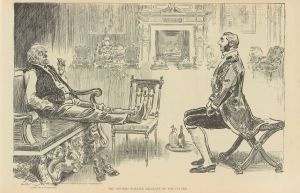
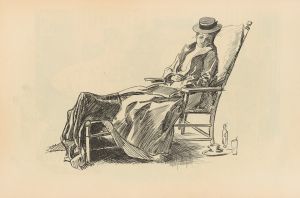
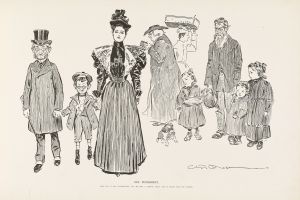
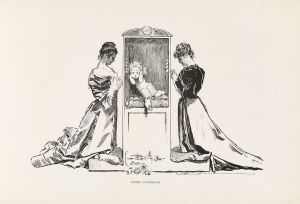
![Designs for cover of Hotel Management Magazine.] [Grey cover design with yellow band](/imgs/249312/s/winold-reiss-designs-for-cover-of-hotel-management-magazine-grey-cover-design-with-yellow-band-4e353d2a.jpg)

